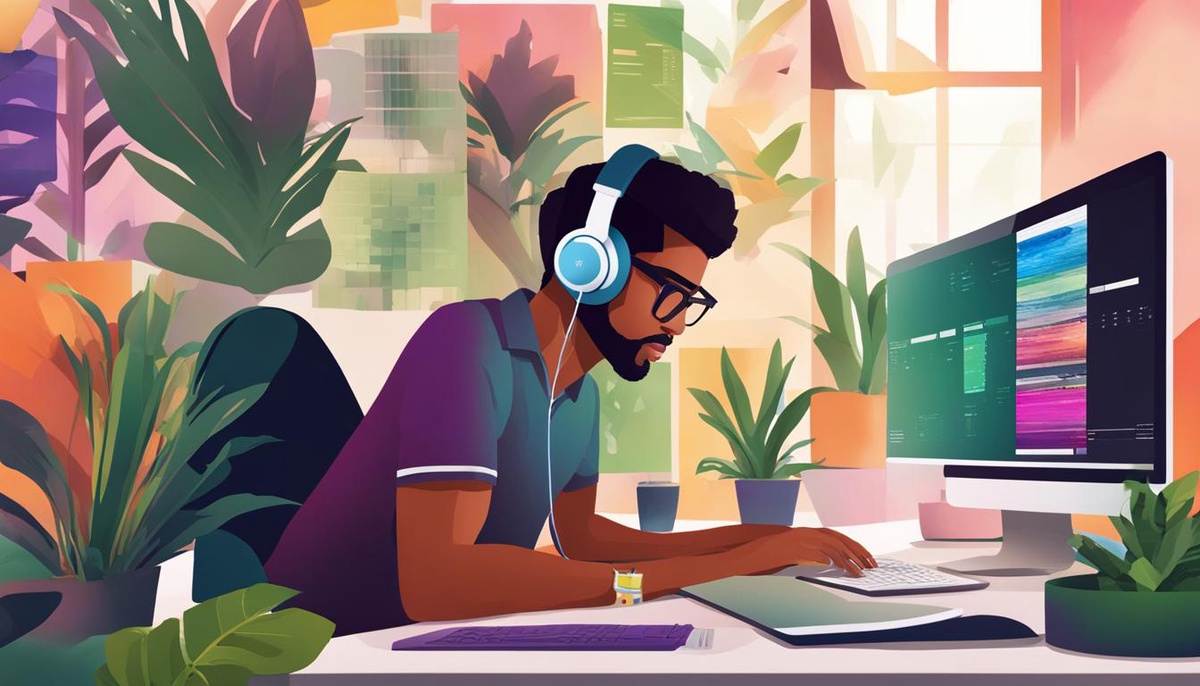Color psychology plays a crucial role in web design, as it can significantly impact how users perceive and interact with a website. Designers have long understood the power of colors, harnessing them to evoke emotions, convey messages, and create memorable experiences. In the digital age, where attention spans are shorter than ever, the strategic use of color has become even more important. By understanding how different colors influence our perceptions and emotions, web designers can create visually appealing and engaging websites that resonate with users on a deeper level.
Emotional Associations of Colors: Crafting Meaningful Experiences
One of the main principles of color psychology is that each color elicits specific emotions and associations. For instance, warm colors like red, orange, and yellow tend to create feelings of energy, excitement, and warmth. Conversely, cool colors like blue, green, and purple elicit a sense of calmness, tranquility, and professionalism. By carefully selecting and incorporating appropriate colors into a website's design, designers can easily convey a specific brand message or evoke the desired emotional response.
Guiding Attention and Enhancing User Experience
Color can also be used to guide users' attention and improve user experience. Certain colors can draw the eye to specific elements on a webpage, helping users navigate through the site and interact with important content. This is particularly relevant in call-to-action buttons or links, where designers often use contrasting colors to ensure they stand out and grab users' attention. By understanding the principles of color hierarchy and visual weight, designers can create a seamless user experience that guides users through the website with ease.
Brand Identity and Recognition: The Role of Consistency
Moreover, color can also play a crucial role in establishing brand identity and recognition. Consistent use of colors across a website helps strengthen brand recognition and fosters a sense of familiarity with users. For example, a company known for its use of vibrant orange throughout its branding can incorporate the same color into its website design to reinforce its identity. This consistency builds trust and improves brand recall, as users are more likely to remember and associate a website with a particular brand if the color scheme aligns with their previous experiences.
Considering Cultural and Contextual Factors
However, it's essential to consider cultural and contextual factors when applying color psychology in Webdesigner. Colors have different meanings and associations across cultures, and what may be perceived as positive or neutral in one culture could be seen as negative or inappropriate in another. Understanding these cultural nuances is crucial to avoid any unintended misuse of color and ensure that the website design resonates positively with the target audience.
In Conclusion: Elevating User Experience Through Color Psychology
In conclusion, color psychology plays a pivotal role in modern web design, allowing designers to create visually captivating and emotionally engaging websites. By understanding the impact of different colors on users' emotions and perceptions, designers can strategically use color to evoke specific feelings, guide attention, and strengthen brand recognition. However, it's crucial to consider cultural and contextual factors to ensure that the chosen colors align with the desired message and resonate positively with the target audience. Incorporating color psychology into web design is a powerful tool that can elevate the user experience and make websites more memorable and impactful.


No comments yet